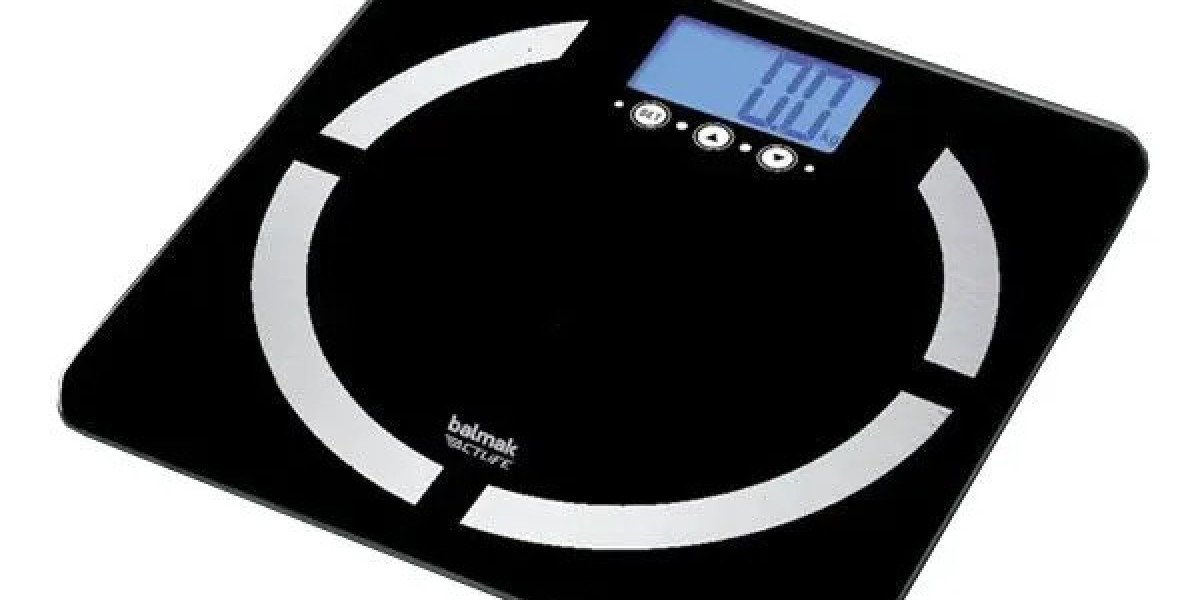Stretches and Exercises to Ease Sciatica Pain
Sciatica is a painful condition caused by irritation or compression of the sciatic nerve, the longest nerve in the body. It typically affects one side of the lower body, causing pain that radiates from the lower back through the hips and buttocks, down the leg, and sometimes into the foot. While sciatica can be caused by a variety of conditions such as a herniated disc, spinal stenosis, or piriformis syndrome, most cases improve with conservative care. One of the most effective ways to relieve sciatic nerve pain is through targeted stretches and exercises.
This article explores safe and effective stretches and exercises that can help reduce sciatica pain, improve flexibility, and promote healing.
Understanding Sciatica
Before jumping into the stretches, it’s important to understand that sciatica is a symptom, not a condition itself. The discomfort can vary widely—from a mild ache to sharp, burning sensations or even numbness. Activities like sitting for long periods, bending, or lifting heavy objects can aggravate the pain.
The goal of stretching and exercising is to:
Alleviate pressure on the sciatic nerve
Improve mobility and flexibility
Strengthen muscles that support the spine
Always consult your healthcare provider before starting a new exercise routine, especially if your symptoms are severe.
Warm-Up: Gentle Movements to Prepare Your Body
Before you begin stretching, take a few minutes to warm up your body. Try light walking or marching in place for 5 to 10 minutes. Warming up increases blood flow and helps reduce the risk of injury.
1. Knee-to-Chest Stretch
This gentle stretch helps release tension in the lower back and gluteal muscles.
How to do it:
Lie on your back with both knees bent and feet flat on the floor.
Bring one knee toward your chest while keeping the other foot on the ground.
Hold the stretch for 20–30 seconds, then switch sides.
Repeat 2–3 times on each leg.
Tip: Don’t force the stretch. Keep your lower back relaxed and flat on the floor.
2. Piriformis Stretch
The piriformis muscle, located deep in the buttocks, can irritate the sciatic nerve if it becomes tight. Stretching this muscle can relieve sciatic pain, especially in cases of piriformis syndrome.
How to do it:
Lie on your back with both knees bent.
Cross your right ankle over your left thigh.
Reach behind your left thigh and gently pull it toward your chest.
Hold for 30 seconds, then switch sides.
Repeat 2–3 times per side.
Modification: If lying down is uncomfortable, you can perform a seated version of this stretch on a chair.
3. Seated Spinal Twist
This stretch helps open up the lower back and hips, reducing nerve compression.
How to do it:
Sit on the floor with your legs extended straight.
Bend your right knee and cross it over your left leg, placing your right foot flat on the floor.
Place your right hand on the floor behind you for support.
Place your left elbow on the outside of your right knee and gently twist your torso to the right.
Hold for 30 seconds, then switch sides.
Repeat 2–3 times.
Note: Keep your back straight during the twist to maximize the stretch safely.
4. Child’s Pose
This yoga-inspired stretch gently lengthens the spine and relieves lower back tension.
How to do it:
Start on your hands and knees.
Sit back onto your heels while reaching your arms forward.
Rest your forehead on the floor.
Hold for 30–60 seconds, breathing deeply.
Variation: If you have knee discomfort, place a cushion under your hips or between your knees.
5. Cat-Cow Stretch
This dynamic movement improves spinal flexibility and reduces stiffness in the lower back.
How to do it:
Begin on your hands and knees in a tabletop position.
Inhale as you arch your back, lifting your head and tailbone (cow pose).
Exhale as you round your spine, tucking your chin and pelvis (cat pose).
Repeat slowly for 10–15 repetitions.
Benefit: This gentle movement massages the spine and helps improve posture.
6. Pelvic Tilt
Pelvic tilts strengthen your core and help stabilize your lower back.
How to do it:
Lie on your back with knees bent and feet flat on the floor.
Tighten your abdominal muscles to flatten your lower back against the floor.
Hold for 5 seconds, then relax.
Repeat 10–15 times.
Pro Tip: Use a yoga mat or padded surface to protect your spine.
7. Standing Hamstring Stretch
Tight hamstrings can increase stress on your lower back, contributing to sciatic pain. Stretching them can ease discomfort.
How to do it:
Stand upright and place one foot on a low surface (like a step or stool).
Keep your leg straight and your toes pointing upward.
Lean forward slightly at the hips (not the waist) until you feel a stretch along the back of your leg.
Hold for 20–30 seconds, then switch sides.
Repeat 2–3 times per leg.
8. Glute Bridge
This exercise strengthens the gluteal muscles, which support the lower back.
How to do it:
Lie on your back with knees bent and feet hip-width apart.
Press through your heels and lift your hips toward the ceiling.
Hold the top position for a few seconds, then lower slowly.
Repeat 10–15 times.
Challenge: Add a resistance band around your thighs for extra intensity.
When to Stop or Modify Exercises
While these stretches and exercises are generally safe, listen to your body. Stop immediately if you feel:
Sharp, shooting pain
Numbness or tingling worsening during exercise
Increased weakness in the leg
Modify the movements to suit your level of comfort and consult a healthcare provider if symptoms persist or worsen.
Additional Tips for Managing Sciatica
In addition to stretching and exercising, consider these tips:
Stay Active: Prolonged bed rest can worsen sciatica. Gentle movement encourages healing.
Use Heat/Ice: Applying a heating pad or ice pack can reduce inflammation and ease discomfort.
Posture Matters: Maintain good posture while sitting and standing. Avoid slouching.
Ergonomic Setup: Use supportive chairs and adjust your workspace to reduce strain on your lower back.
Physical Therapy: A professional therapist can tailor a program to your specific condition.
- For those interested in exploring more natural methods for pain relief, you might find Migraine Relief: Techniques Beyond Medication helpful. This resource offers additional insights that complement a holistic approach to managing discomfort.
Final Thoughts
Sciatica can be frustrating and painful, but with the right approach, relief is possible. Incorporating gentle stretches and strengthening exercises into your daily routine can help alleviate symptoms, improve mobility, and prevent future flare-ups. Be patient with your body, progress gradually, and don’t hesitate to seek professional advice when needed.
Remember: consistency is key. Even a few minutes a day can make a significant difference in managing sciatic pain and improving quality of life.
For further insights into self-care, mindfulness, and personal growth, explore more in-depth resources at venzec.icu. Every small step you take brings you closer to a pain-free, vibrant life.






